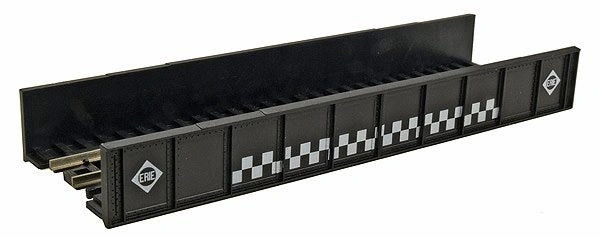Erie Plate Girder Bridge Code 80: Inspection & Maintenance Guide

Erie Plate Girder Bridge Code 80: Inspection & Maintenance Guide
Step back in time and explore the enduring legacy of the Erie Plate Girder Bridge Code 80. These iconic structures, once vital arteries of the railway system, are a testament to engineering ingenuity and a piece of living history. This guide offers insights into their inspection and maintenance, crucial for preserving these vintage marvels. Remember, railway bridges are constantly exposed to harsh conditions.

Inspection: A Vital First Step
Regular inspections are paramount. Begin with a visual assessment, checking for corrosion, cracks, and any signs of wear and tear. Pay close attention to critical areas like the welds and rivets. Using the right tools and techniques, inspection can be done safely. A checklist is your best friend here!

Maintenance: Protecting the Past
Maintenance is key to extending the lifespan of these bridges. This often involves cleaning, repainting, and repairing any damage. Protective coatings can provide a barrier against the elements. Don't forget about routine tightening or replacement of rivets when appropriate. Keep a maintenance log.

These bridges, often adorned with vintage company logos and advertising graphics, are tangible links to our past. Preserving them offers a glimpse into a bygone era when the railway was king.
A Glimpse of Railway History
Imagine these bridges once showcasing company pride. They were mobile billboards of sorts! From the sleek lines to the detailed rivets, they whisper stories of craftsmanship and the golden age of rail travel.

Proper inspection and regular maintenance are essential not just for the structural integrity of these bridges but also for preserving a piece of our shared heritage.

